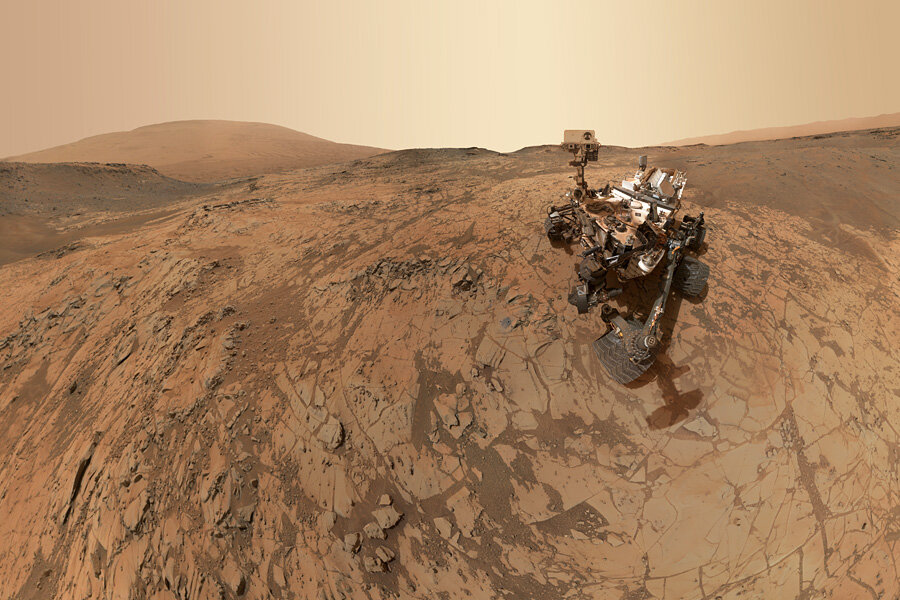You can now explore Mars with NASA's free online tools
Loading...
Last week, NASA launched two interactive programs and Web tools to let everyone explore Mars. The first, Mars Trek, uses data taken from the past 50 years of Mars explorations to map the planet in a Google Maps-style interactive Web portal. The second, Experience Curiosity, allows the user to travel around Mars as the Curiosity Rover – which landed on the Red Planet three years ago this month.
NASA hopes that both tools are used to help teach space, planetary exploration, and the history of the Mars rovers. The maps show landing sites and collected data from all previous missions, along with history and terrain analysis.
Experience Curiosity, a 3-D sort of rover role playing game, allows the user to control and pilot Curiosity, explore landing sites, learn more about NASA’s missions, and understand the importance of space exploration. If you can control the vehicle’s cameras properly (it’s a steep learning curve), you can also take Curiosity selfies. The goal of this, according to a NASA press release, is to use “real science data to create a realistic and game-ready rover model” to teach students and others interested about the Curiosity rover’s life so far.
Mars Trek, the other tool unveiled, operates a little bit more like a Google Maps for Mars, allowing the user to explore the entirety of the planet as a full terrain map, following along with NASA's history and even, says project manager Brian Day, seeing the routes of missions past, present, and future.
As new landing sites are unveiled for the next Mars mission in 2020, NASA will add those to Mars Trek, says Mr. Day, who works at NASA’s Ames Research Center in Moffett Field, Calif. Classrooms studying Mars will be able to not only explore the planet the same way that NASA scientists have, but will also be able to see new discoveries as they happen.
“[We’re] looking forward to educators and curricula designers designing things around these tools,” he says.
The Mars Trek portal grew out of NASA’s Moon portal, which allowed educators and students to similarly explore Earth’s Moon in incredible detail, and delve deeper into the history and research of the Moon and NASA’s space program. Originally, the visualization tool was created so that NASA scientists could plan future expeditions, but now the tool is also being used by the public to learn more about Earth's outer limits.
With this project, the team at NASA’s Jet Propulsion Laboratory notes that the same technology will be used for future projects in exploring other celestial bodies such as Pluto, Ceres, or Phobos.
“We’ve built the software in such a way that it’s very general purpose,” says Shan Malhotra, a software engineer at NASA’s JPL who worked on the project. More visual portals to discover and explore our solar system will certainly be released in the future, he says.
Mr. Malhotra notes that the Mars program and this project on science education are both part of an international cooperative venture in exploring our solar system. Students everywhere can open their web browsers and explore areas a hundred million miles away. With advances in classroom resources, science, technology, engineering, and mathematics can be more accessible to the average student, Day and Malhotra say.
Mars can also be explored in a more physical, interactive environment with the Mars Trek tool. Selected sections can be exported to .STL files and sent to a 3-D printer. Museums and classrooms can teach the discoveries of the Mars rovers by physically showing them to students in a low-cost way.
“It’s certainly a very exciting time,” says Day. “We look forward to seeing people exploring space along with us!”








